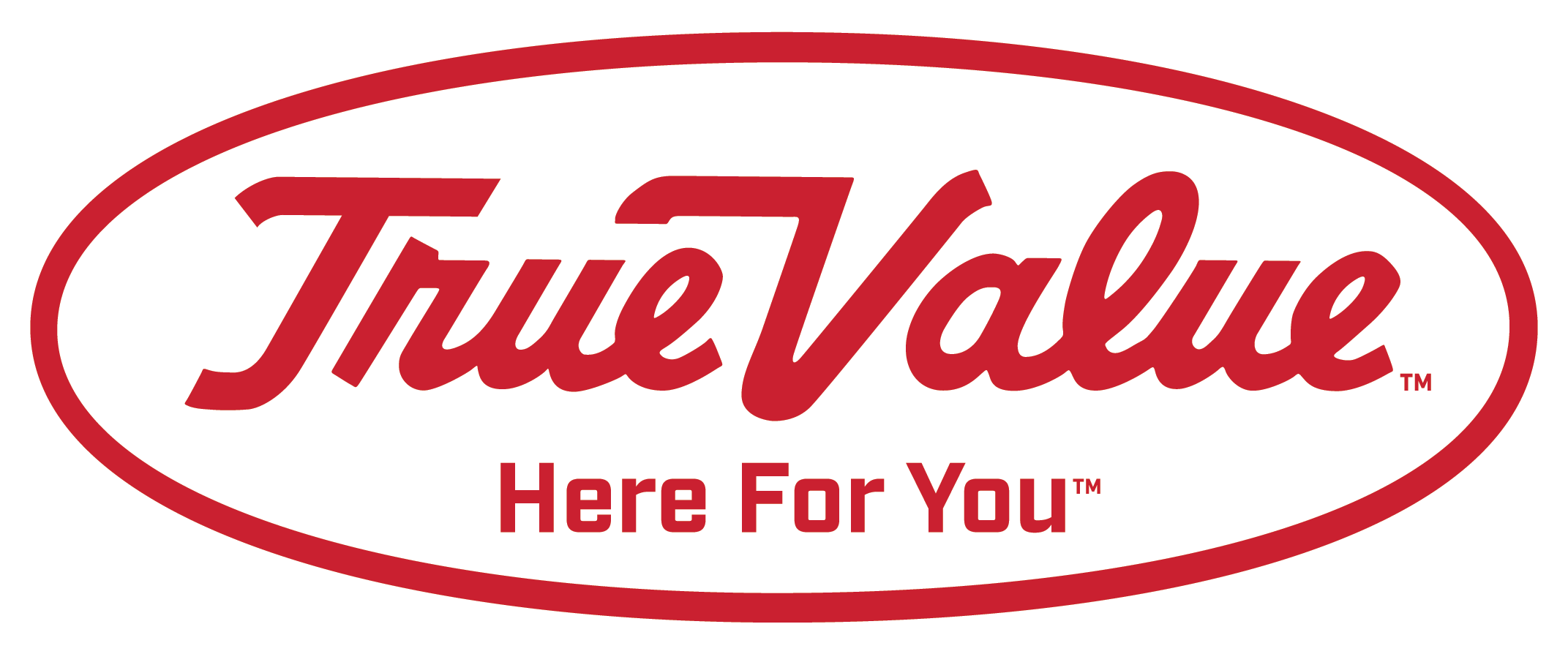Summer’s almost over and it’s time for you and the kids to start switching into school mode. Start the year off right by getting your home organized before classes resume. It’ll help you remain ordered throughout the year to stay on top of things and at the head of the class.
-
Step 1: Throw Out What You Don’t Need
Go through closets, drawers and cabinets to see what you or your kids no longer use. Old clothes, used and abused school supplies, and unneeded old sports equipment are common space-takers that you can get rid of. The less stuff you have taking up space, the easier it is to organize and stow it away correctly. Also, throwing away the old stuff makes room for new stuff, but only if necessary (don’t forget you’re trying to pare down so things are more manageable).
Helpful Tip
When picking through clothes, start a “donate” box to throw in clothes that don’t fit or haven’t been worn for a year. Ask your kids to help.
-
Step 2: Organize Closets
During the process of throwing out unneeded items, empty closets and give them a good cleaning. Wipe down shelves and surfaces with a damp cloth and, if needed, a general-purpose household cleaner. Sweep or vacuum the closet floor.
Before putting items back, consider closet organizer kits with adjustable shelves. These can be easily moved and reconfigured as your storage needs change. To maximize your closet’s functionality, try multi-pocket shoe organizers that hang on the inside or outside of closet doors. These handy organizers are great for keeping all the different types of shoes your kids need, from sneakers and dress shoes to soccer cleats. Install additional shelving above the hanger rod if needed.
As you organize, keep in mind how often you or your children use different items in the closets. Items worn often should be easily accessible and stored at an appropriate height so your younger ones can reach them. Lesser-used items can be stored on higher shelves or in plastic storage bins.
Store summer clothes in sealable bins or totes and move them to the basement or attic to make room in closets and drawers for school clothes.
-
Step 3: Install Additional Storage Options
Keep each family member’s essential items separate and organized by buying or building “cubby” shelving. Place cubbies in a mudroom, by an exit, or wherever else is most sensible. Placing cubbies efficiently will help to ease the tension and anxiety of the before-school/work rush. Cubbies are a good way to keep track of school supplies, bags, lunchboxes and sports gear. Placing cubbies by a door makes it easy to deposit items when returning home and retrieving them on the way out. Get your kids into the habit of always putting their important items in this area.
If you don’t want to spend money on new storage furniture, repurpose an old bookcase or build something yourself. You can find everything you need at your local True Value hardware store.
Install hooks in the same area as the cubbies on which to hang coats and jackets and rain gear. Galoshes, raincoats and waterproof backpacks should be handy and within easy reach by the door for when needed.
This is also a good place to keep an inbox/outbox for important documents that require your signature. Have your children put these papers here after school, then make a habit of checking it like a mailbox. Once you’ve read and signed, just put them back for the next day.
-
Step 4: Color Code
Color-coding items by type or by family member can add another dimension of organization. In your kids’ rooms, store school supplies in a bin with one color, toys in a different-colored bin and miscellaneous items in another. Keep these bins on shelves or in closets and cabinets for even better organization.
Helpful Tip
When color-coding, don’t forget to label each bin with a sticker or by writing on the bin itself with a permanent marker. Labeling items makes it even easier to organize and find items when needed.
For cubby spaces, paint each cubby a different color for each child. Enlist them in painting their sections or the entire cubby shelf and make it a fun, family project.
-
Step 5: Plan Ahead
This is probably the most important part of staying organized and stress-free all year long. When school starts, get into the habit of picking out the next day’s clothes the evening before. This will save time and headaches if you feel like you’re usually rushed in the mornings getting everyone ready.
The same goes for packing lunches. Doing this the night before can tremendously cut down on frantic mornings. Ask your kids what they want for lunch for the upcoming week and then buy what you’ll need in advance.
Take inventory of what school supplies you have in the house before shopping for new ones. Make a list of what you need and go shopping as soon as you can before school starts – a month before is a good time to go. Make it a habit to prepare your child’s backpack the night before with everything needed for the next day, including homework and any important documents requiring your signature.
Helpful Tip
Invest in a family calendar or planner that can be placed in a central location for everyone to see and use. They work well near the refrigerator or next to the door everyone uses on the way in and out of the house (e.g., next to the cubbies). Devise a system that works for everyone so all family members can keep track of their own activities.
-
Step 6: Organize the Laundry Room
The laundry room usually gets the least amount of thought when organizing for back to school. However, it is essential for keeping the school year running smoothly.
Shelves and cabinets add storage space and help keep clutter in place. They also give room for folded clothes and organizing detergent, fabric softener and other laundry supplies.
Keep your shelves organized. Storage containers are great for stowing away items you don’t need all the time, and keeping them clean and dust-free. With storage containers, you can keep similar items on the same shelf. This will make finding everything from holiday decorations to extra blankets easier. Try keeping a smaller storage container around for those items lost in the washer/dryer like coins, buttons, etc.
It may go without saying, but the more organized your dirty laundry is, the easier things will be when it comes time to do the wash. A hamper or a basket will keep your dirty laundry in place and easier to handle before the wash; a sorter will help you organize dirty laundry into loads before laundry day.
Set up a drying rack next to the washer to hang clothes as they come out of the washer, especially delicates. A drying rack not only allows you to lie clothes flat to dry, you can also use hangers to hang garments from it. That’ll keep you from scattering wet clothes all around the laundry room, perched on every available hanging place.
A folding table or rollaway cart is a great resource for folding clothes as they come out of the dryer. A table or a cart is there for you when you need it and easy to put away when you don’t, keeping your laundry room organized when it’s not laundry day.
-
Step 7: De-clutter Bathrooms
With kids, bathrooms tend to get messy and disorganized very quickly, but it needn’t take long to straighten up if you work to organize the clutter.
Throw out old makeup, soap, shampoo and anything you don’t use any more. Install drawer dividers to categorize makeup, first-aid materials and medications. Using a labeler or permanent marker, clearly label all boxes, baskets and containers. Use a shower caddy to avoid a cluttered look in your tub or shower. To reduce linen clutter, designate a separate towel rack for each person who uses the bathroom.
Great job! Everything is in its right place and you (and more importantly, your kids) are ready for school.
Project Shopping List
Here’s what you’ll need to complete this project successfully.
- Cloth
- Household cleaner
- Closet organizer kits
- Adjustable shelves
- Multi-pocket shoe organizers
- Plastic storage bins
- Cubby shelves
- Coat hooks
- Labels
- Permanent marker
- EasyCare® Ultra Premium latex paint and primer in-one (optional)
- Calendar or Planner
- Hamper or basket
- Drying rack
- Folding table
- Roll-away cart












